An FGCU professor and several students teamed up to create a statue from scraps of metal left in the wake of Hurricane Ian.
The sculpture was donated to the Educational Concerns for Hunger Organization (ECHO) which focuses on hope against hunger and the ways that people can farm sustainable food. The assignment was a class exercise that lasted five weeks, and helped students get experience bonding as a team.
“The project was made from all steel. Some of the parts were galvanized steel. Some of the steel will rust to form a cool combination of rusted and unrusted metal,” Steve Hughart, the art professor leading the sculpture team, said.
The project created an opportunity to give the students a creative outlet to work with one another.
After the devastation of Hurricane Ian, many homes and families were left with piles of debris and broken metal lying around. These FGCU students and their teachers were able to make something out of the debris.
“It was mostly materials gathered from debris from Ian. Some of the rods we had for the class were added to the piece, but the majority of what we used was all debris from Ian. We are trying to take the trash and something that was destructive and turn it into something beautiful and useful that can be used for ECHO,” Hughart said.
This isn’t the first time Hughart has created a sculpture relating to a crisis. When he lived in the Appalachians, he created a steel sculpture and acted as an activist against the opioid crisis.
Hughart recently moved down to Florida and has loved the sense of community that was brought together after Hurricane Ian. He said he enjoys creating projects like this that make a change within the community.
“We’re making my community now. Moving in and setting up I’m really enjoying my position here at FGCU and enjoying working here. Students and I get along. I’m going to other classes to start not just discovering techniques, but also medicine concepts and doing other classes,” Hughart said.
Anthony Alexander, an art major at FGCU, was one of the students who had the opportunity to work on the project with Hughart.
“My group and I created it during the second half of last semester, so I’d say it took around 3-6 weeks to complete. My favorite parts were collaborating with my peers while creating art that was donated to the local community and finding a unique way to repurpose debris collected from the aftermath of Hurricane Ian,” Alexander said.
With the devastation that impacted the students on campus, creating something from the ruins of homes and businesses was motivational for the students.
“A few semesters ago, I volunteered to help one of my favorite professors with the damage that Hurricane Ian exacted on their property. While I was helping create the sculpture, it reminded me of the impact that the hurricane had on the community, and that our impact after completing the project would be a long-lasting beneficial one,” Alexander said.
Erika Mancera was another student who worked on the project and enjoyed the collaboration that came with forming the sculpture.
“If I was given another opportunity to collaborate with friends and classmates to make a sculpture like this in the future, I would be more than delighted to be in that type of creative atmosphere again. Steven was an encouraging and patient professor who guided us along the entire way of this project for ECHO,” Mancera said.
This project was a learning experience for Mancera who wasn’t used to the process of welding and molding the metal into various shapes.
The sculpture now rests with ECHO and has received high praise as Hughart and his students hope to be able to create a memorable project like this in the future.

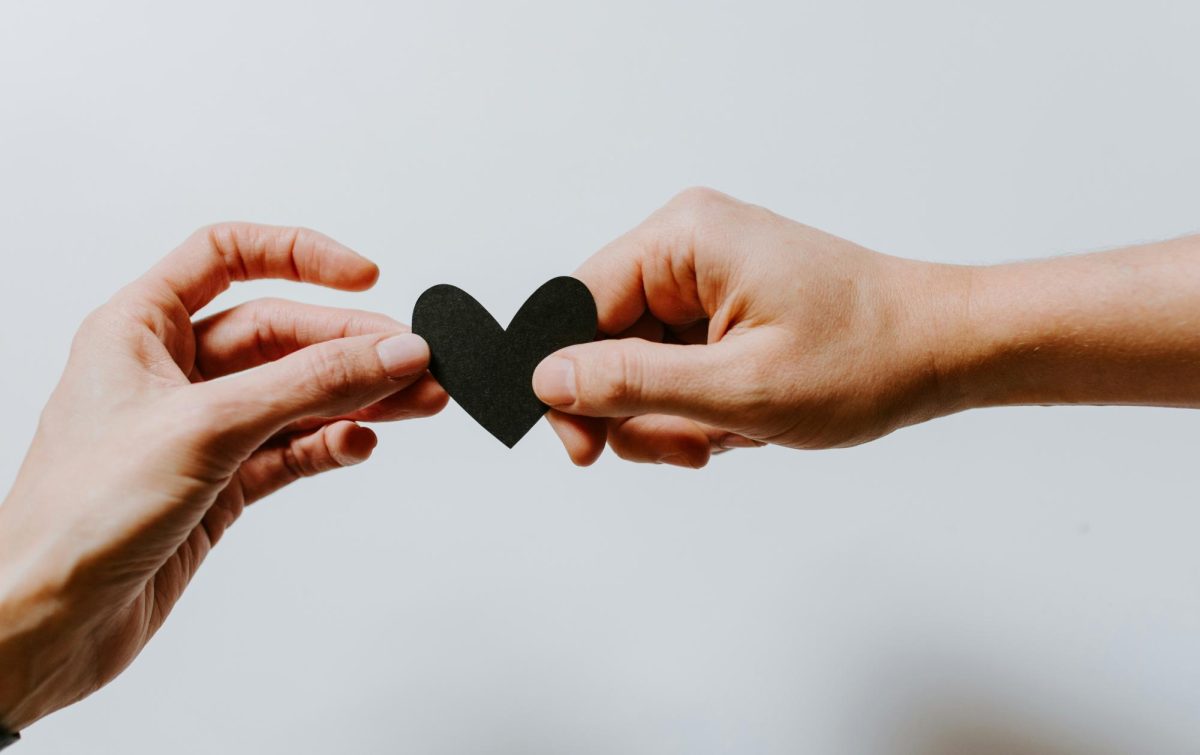
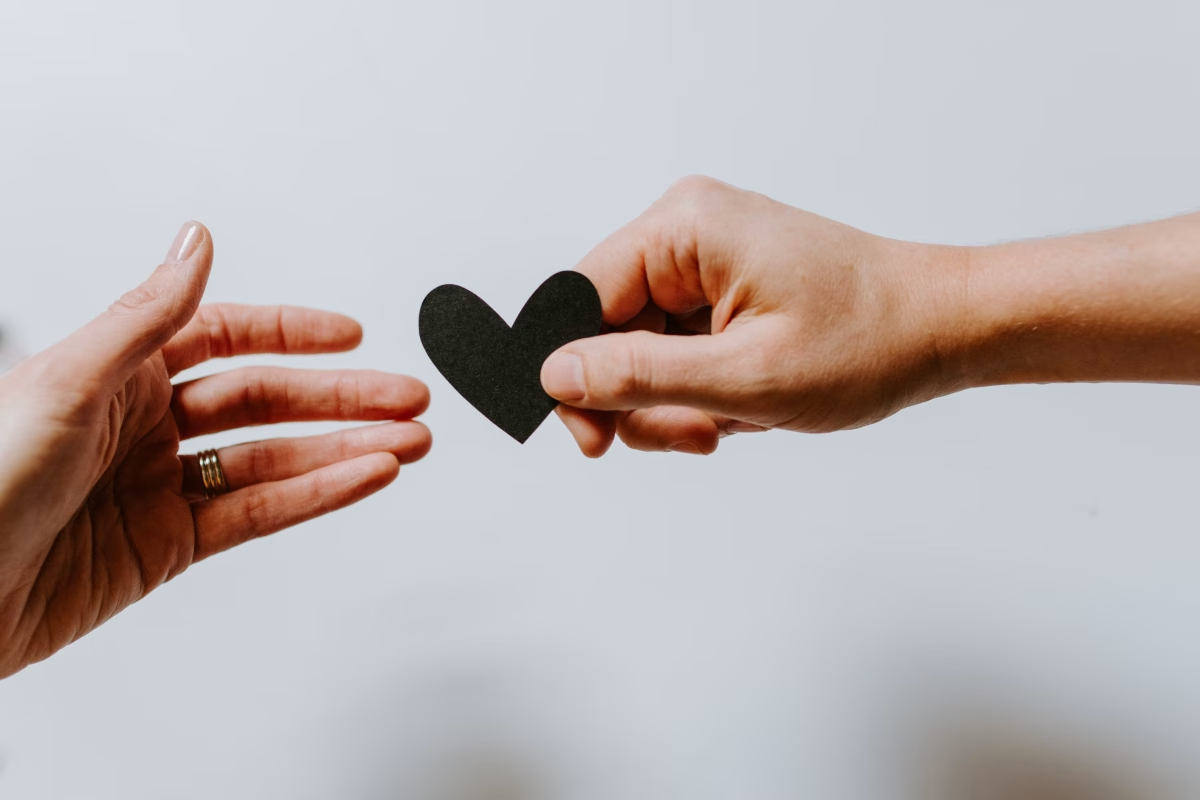
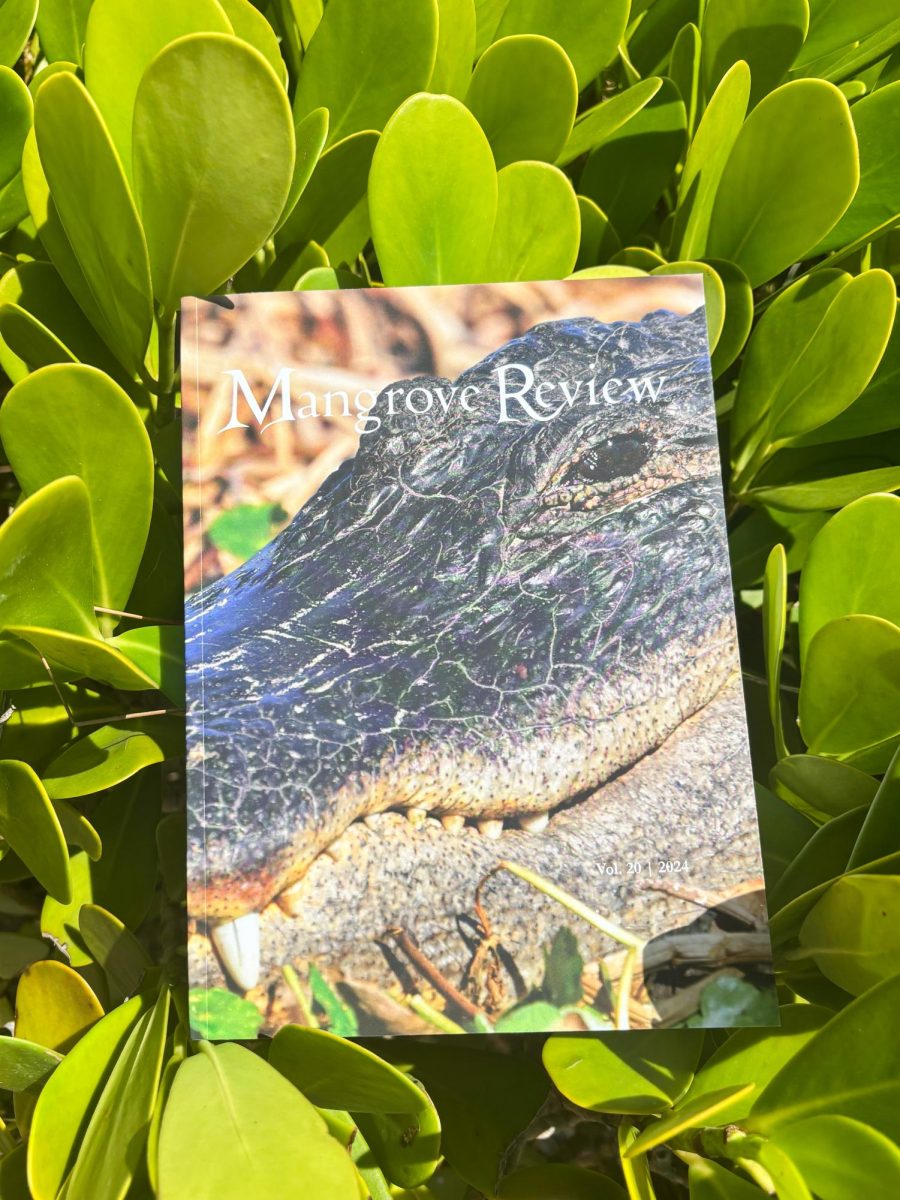
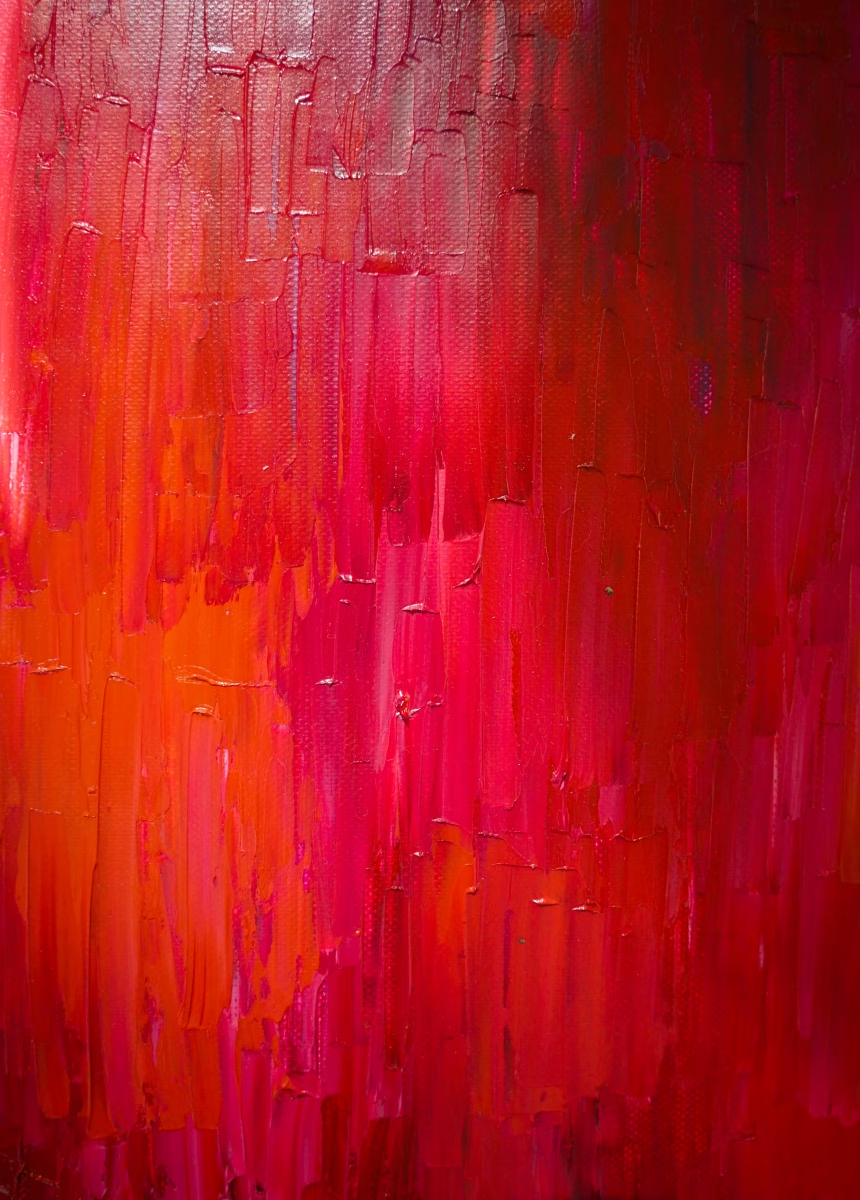
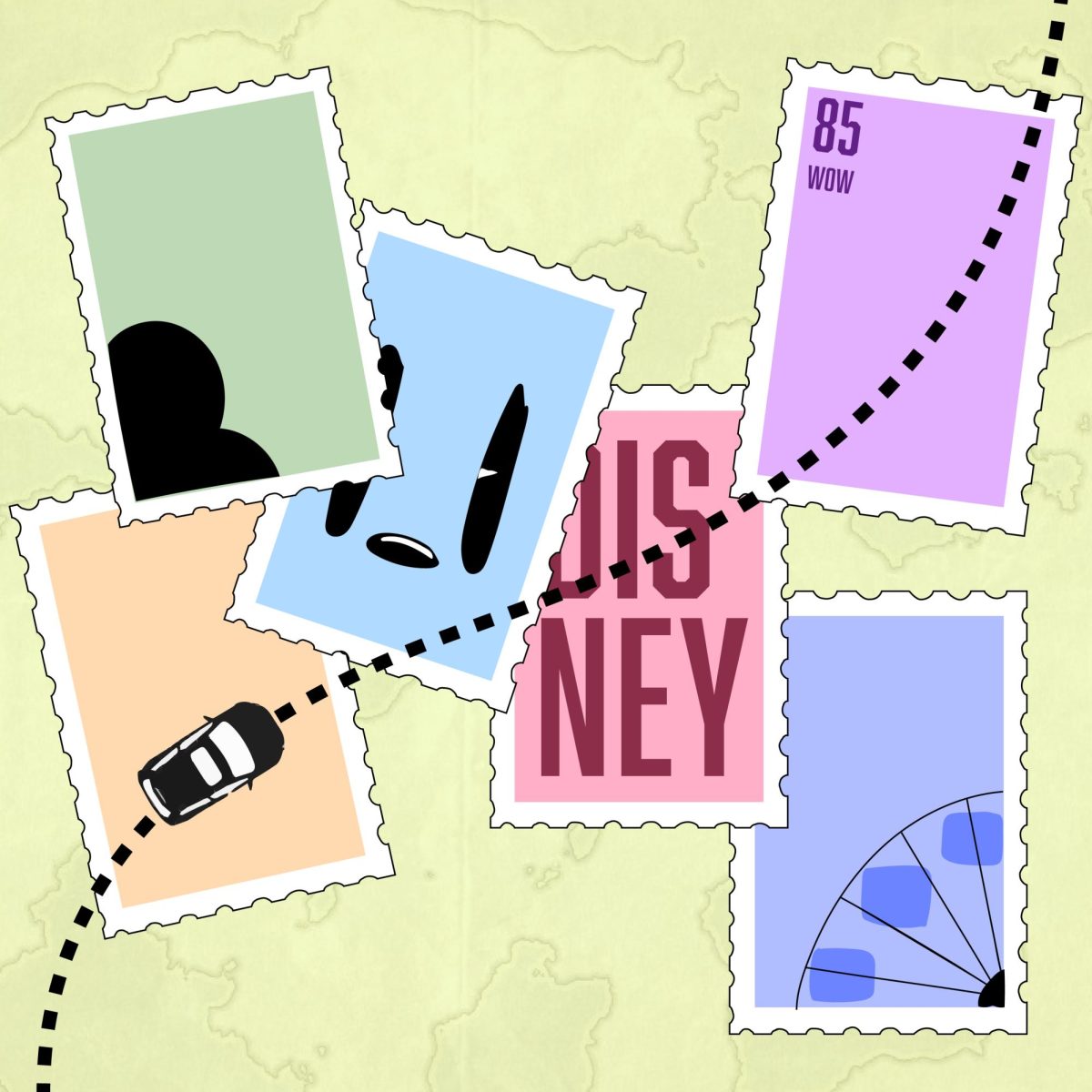

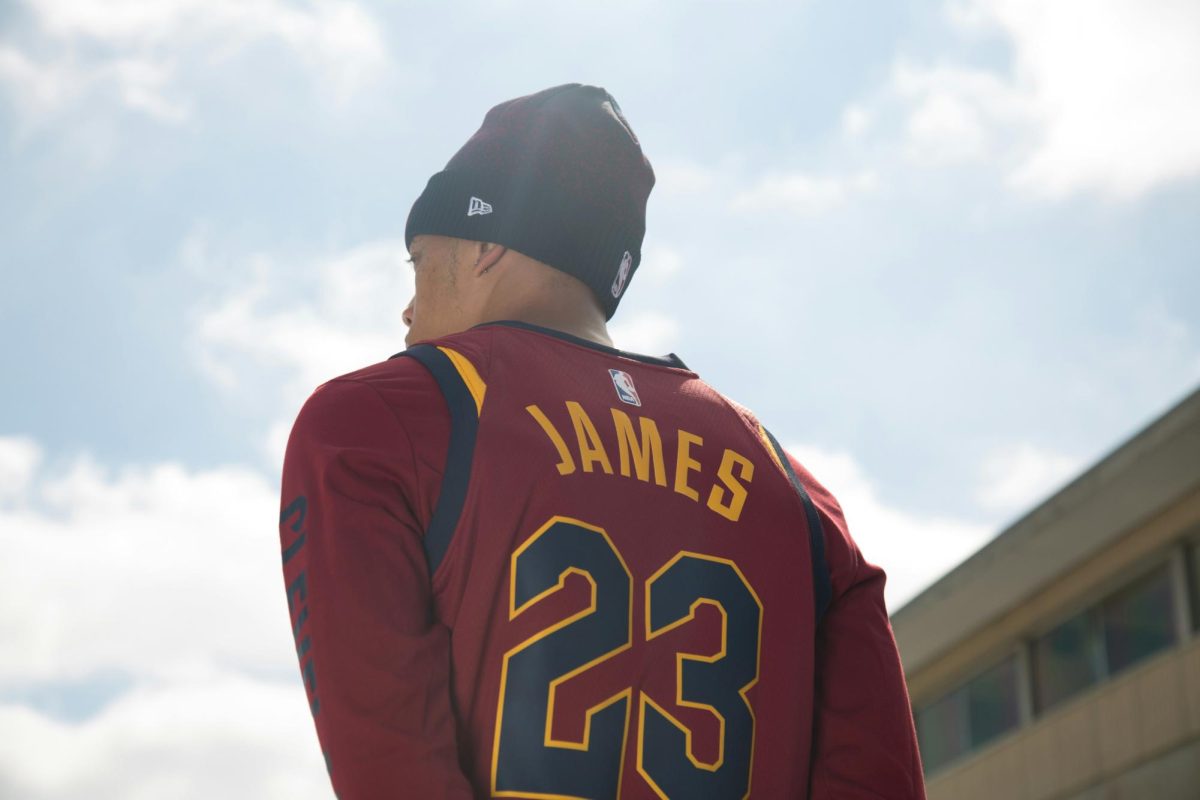
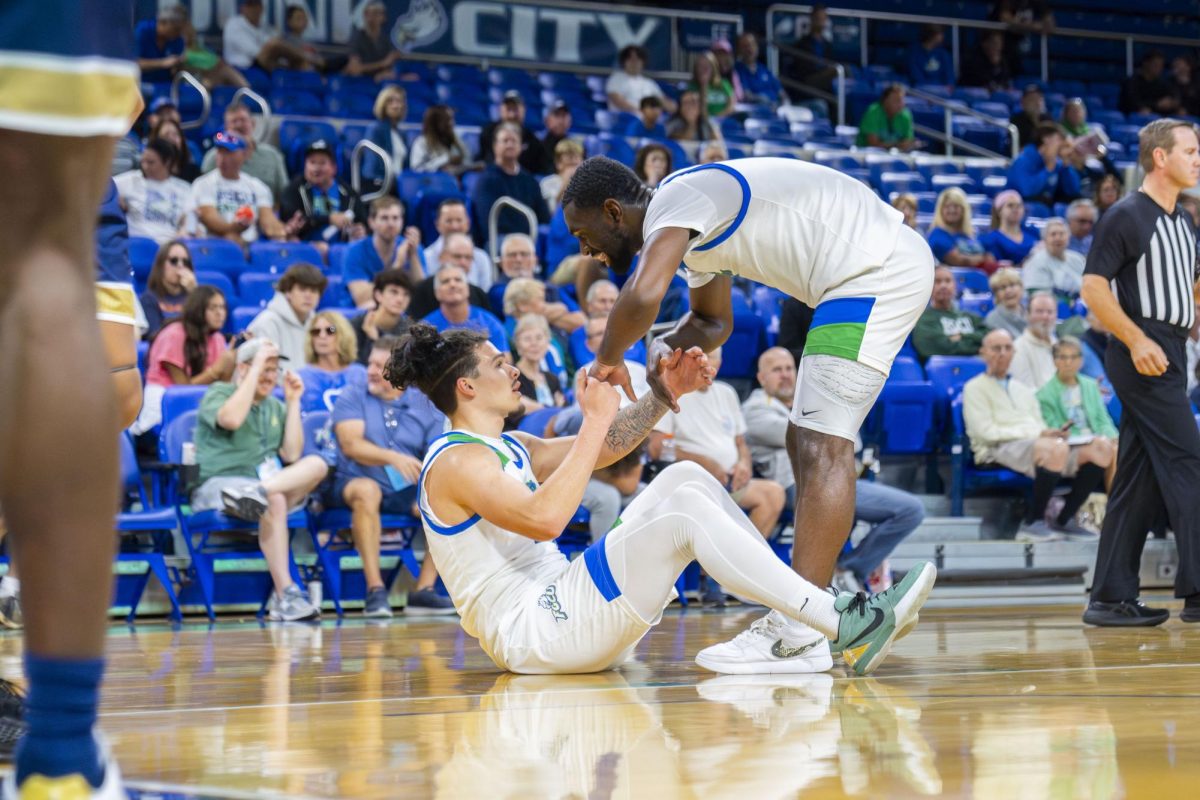


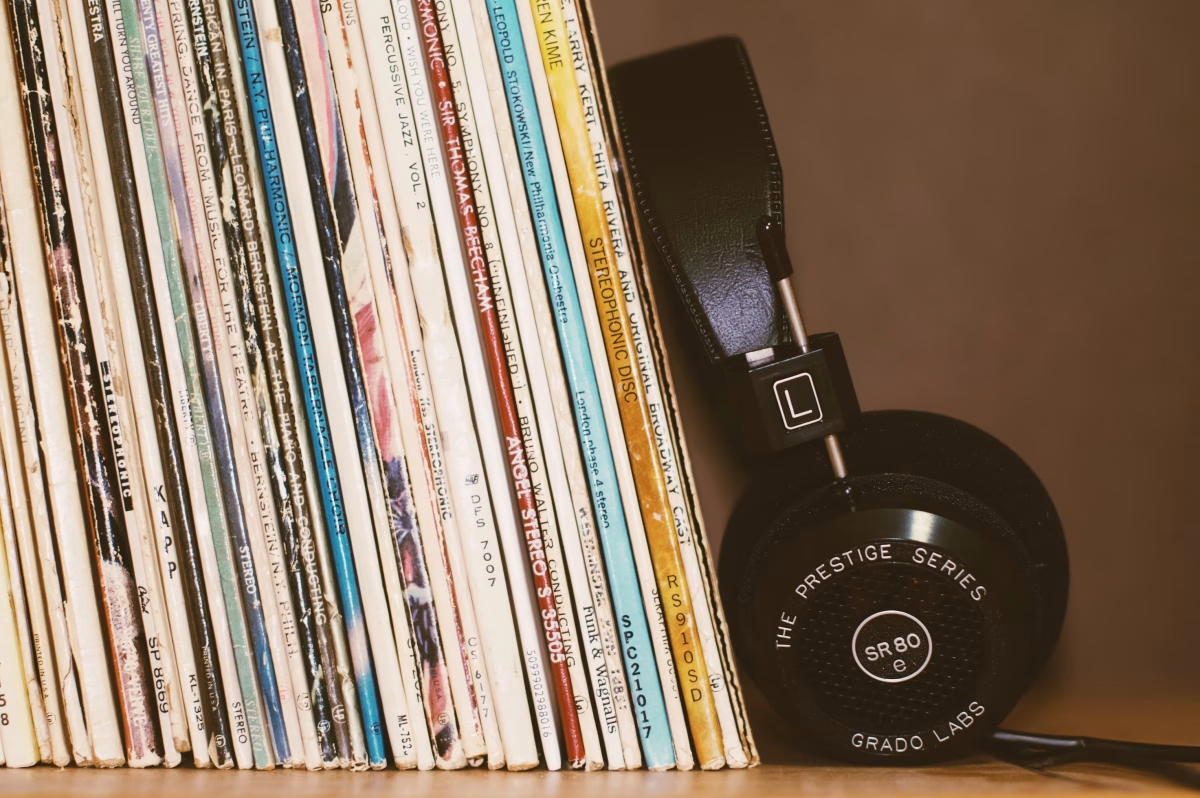










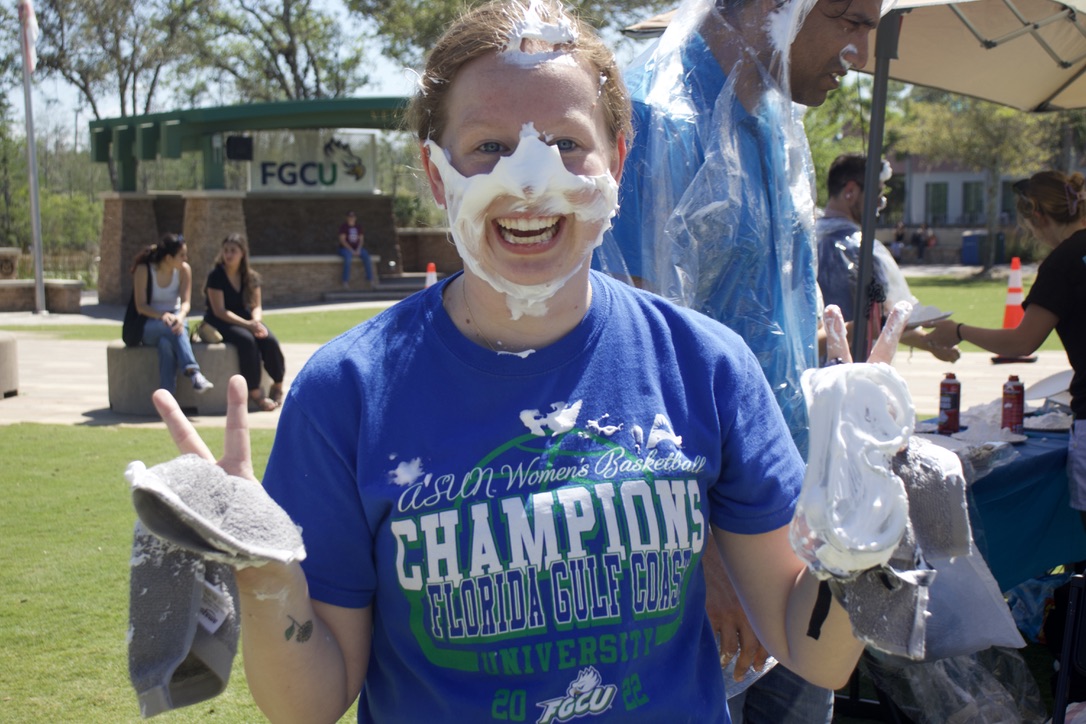
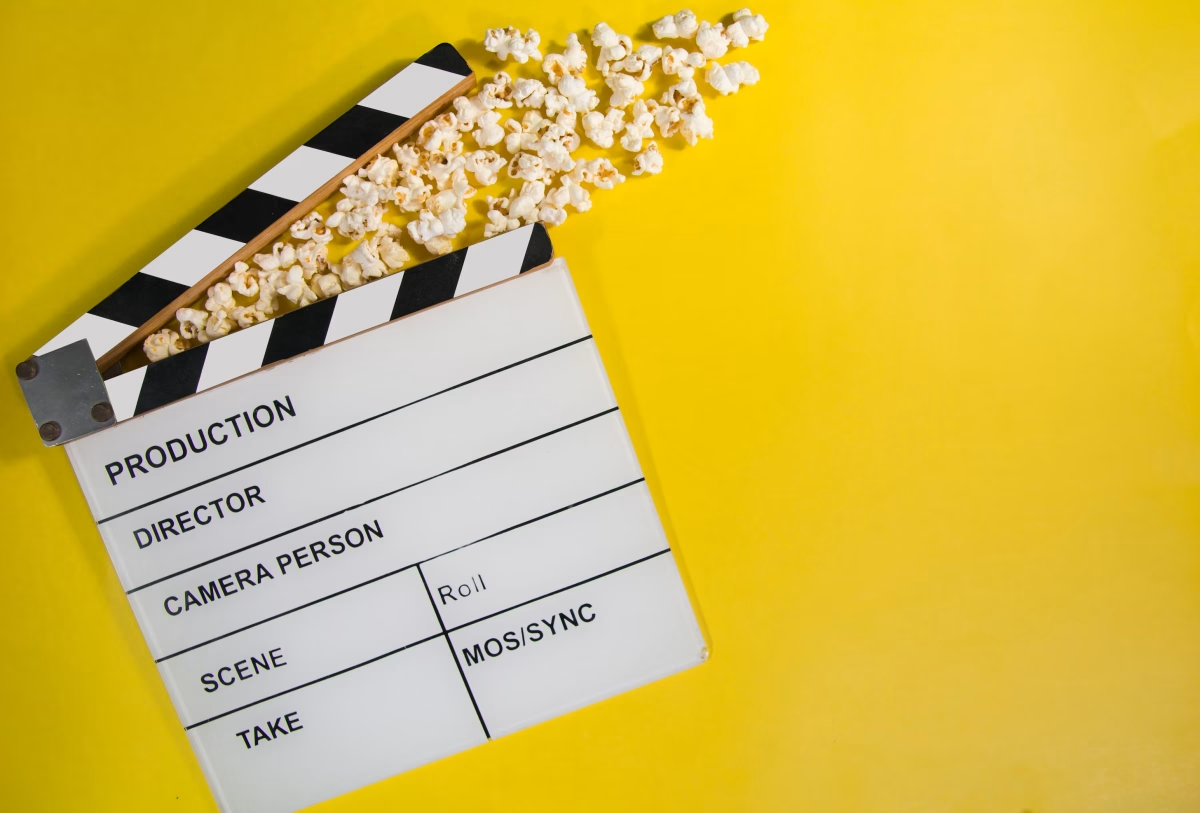
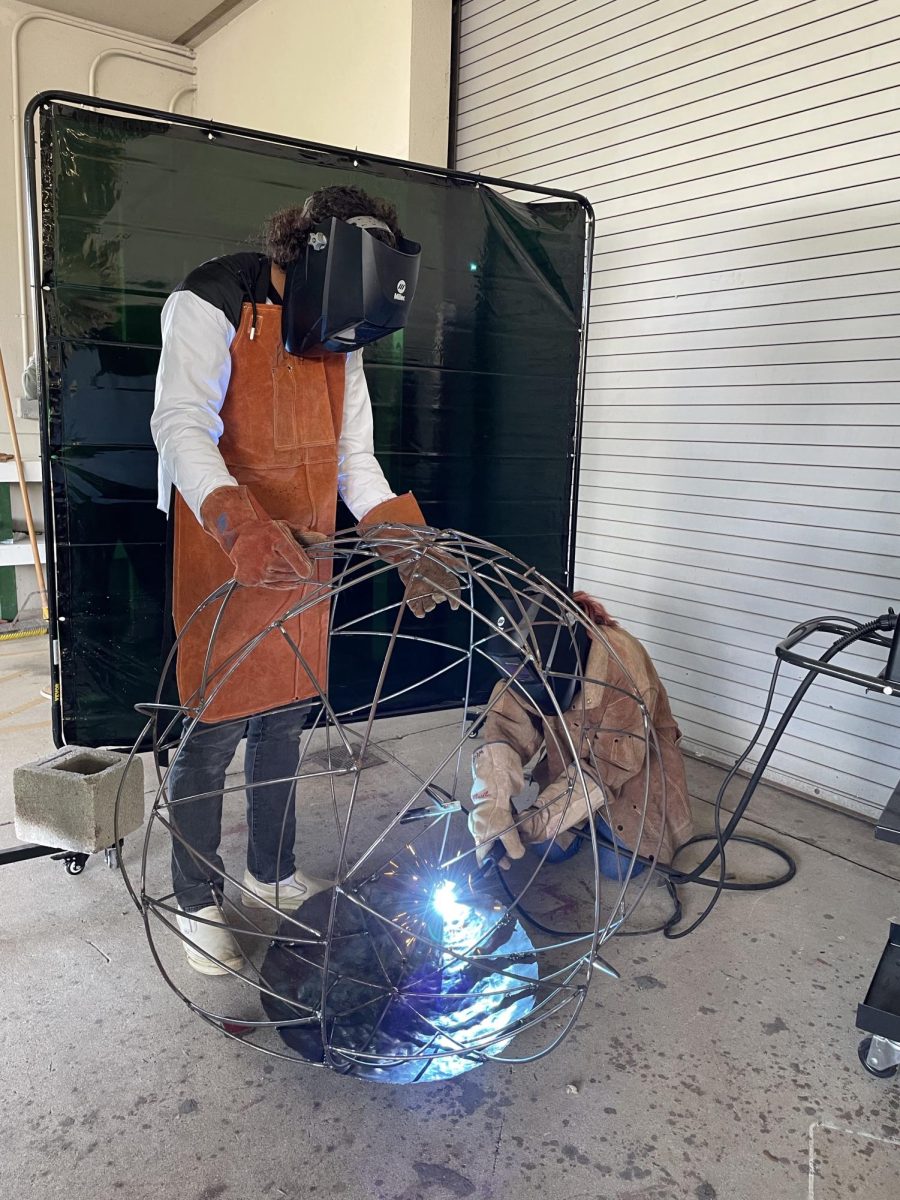
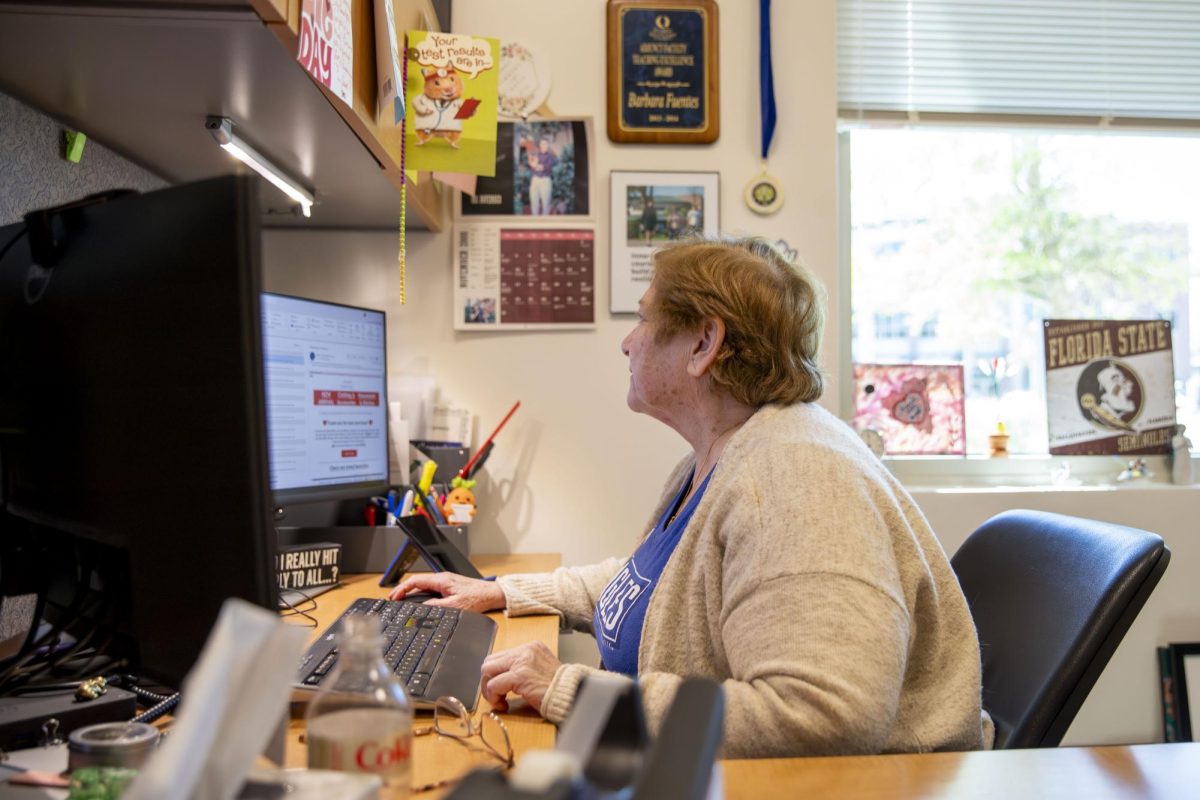

Nick Alexander • Sep 8, 2024 at 5:16 pm
It is vital to support and encourage the positive energy of the youth. Nick